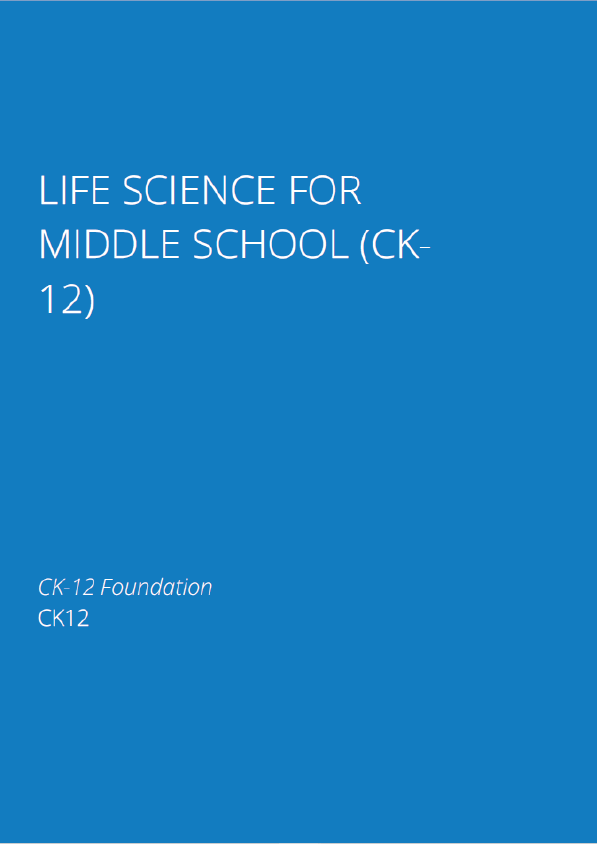What was that noise?
If you let your emotions rule your thinking, you might think a thumping noise was a ghost. If you think like a scientist, however, you ask questions and make observations. You’d observe the shutters are loose and blowing in the wind.
Scientific Ways of Thinking
Modern science is a way of understanding the physical world, based on observable evidence, reasoning, and repeated testing. That means scientists explain the world based on their own observations. If they develop new ideas about the way the world works, they set up a way to test these new ideas.
Thinking Like a Scientist
A scientist is always trying to find the truth and discover new truths. How can you think like a scientist? Thinking like a scientist is based on asking and answering questions. Though you may not know it, you do this all day long. Scientists ask questions, and then make detailed observations to try to ask more specific questions and develop a hypothesis. They may design and perform an experiment to try to answer their question and test their hypothesis. From the results of their experiment, scientists draw conclusions. A conclusion describes what the evidence tells the scientist.
Scientists ask questions: The key to being a great scientist is to ask questions. Imagine you are a scientist in the African Congo. While in the field, you observe one group of healthy chimpanzees on the north side of the jungle. On the other side of the jungle, you find a group of chimpanzees that are mysteriously dying. What questions might you ask? A good scientist might ask the following two questions:
- “What differs between the two environments where the chimpanzees live?”
- “Are there differences in behavior between the two groups of chimpanzees?”
Scientists make detailed observations: To observe means to watch and study attentively. A person untrained in the sciences may only observe, “The chimps on one side of the jungle are dying, while chimps on the other side of the jungle are healthy.” A scientist, however, will make more detailed observations. Can you think of ways to make this observation more detailed? What about the number of chimps? Are they male or female? Young or old? What do they eat? A good scientist may observe, “While all seven adult females and three adult males on the north side of the jungle are healthy and show normal behavior, four female and five male chimps under the age of five on the south side have died.” Detailed observations can ultimately help scientists design their experiments and answer their questions. From these observations, a scientist will develop a hypothesis to explain the observations. A hypothesis is the scientist’s proposed explanation for his or her observations. The scientist’s hypothesis may be that “Young chimps on the south side die due to a lack of nutrients in their diet.”











